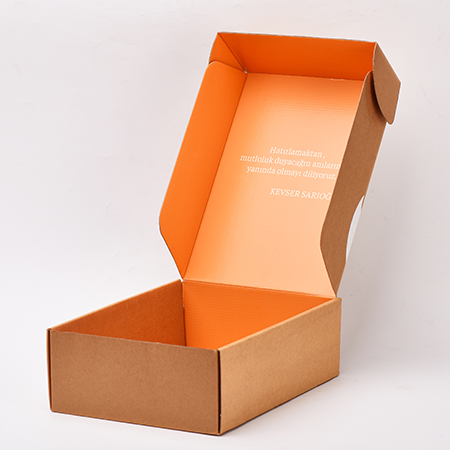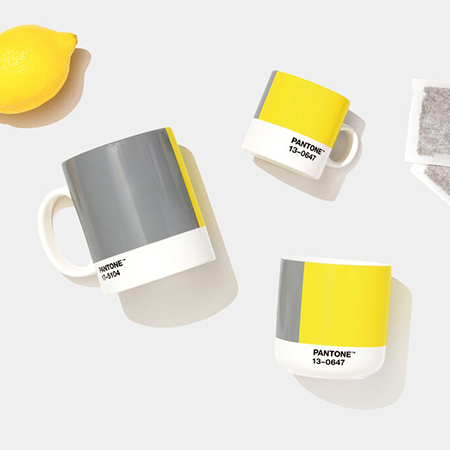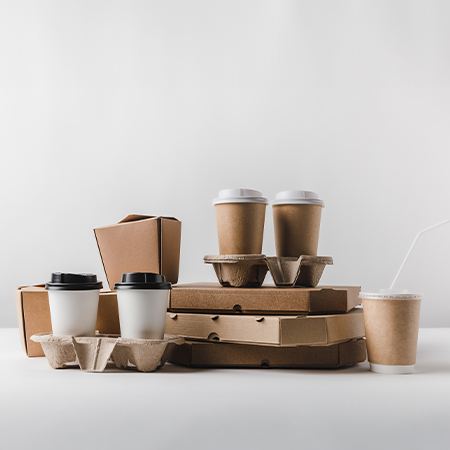When it comes to packaging, aesthetics are critical for making a good first impression on your customers. However, it is important to consider not only the aesthetics of your packaging, but also its quality, structural integrity, strength, and durability. This blog post will discuss methods for testing the robustness of packaging.
Drop Tests on Packaging
Drop tests are performed on your products and packaging to determine their resistance to impact or drop. In this test, your package is dropped from various angles and heights multiple times. The height at which packages must be dropped in drop tests is determined by the weight of the carton.
It is normal to see some dents on the corners or edges of your packaging. These damages were most likely caused by the drop test. The purpose of packaging boxes is to protect the products contained within them. As a result, any deformation of the shipping carton is acceptable as long as the contents are fully protected and have passed drop tests.
Test for Edge Crush
The edge crush test determines how much force a corrugated material's corners and edges can withstand before being crushed. The shipping carton's corners and edges are primarily responsible for keeping it upright. As a result, the corners and edges must be strong enough to support the entire weight.
A piece of corrugated material is placed vertically between the machine and compressed with varying pressures in this test. A corrugated box with an edge crush rating of 32 can support 30 kilos.
Mullen Examination
The Mullen Test determines the amount of force needed to burst corrugated cardboard. This test determines how much force your box can withstand and what happens if it is knocked over by an impact.
Packaging Vibration Analysis
Vibration tests simulate the types of vibrations that your packages may be subjected to while in transit (in trucks or airplanes), which may cause the cartons to come apart at the seams.
Vibration tests are classified into two types:
Random Vibration: This simulates the vibration of a truck or plane.
Sine Vibration: This determines which frequencies cause the most harm to your products. Each type of packaging has a unique natural vibration frequency. Frequency scanning is performed in this test by moving up and down from low to high frequency.
Moisture Level Test for Packaging
Many packages, including those with printed covers, contain moisture. If the humidity level is high, it may take longer to dry the corrugated boxes. As a result, using a moisture meter is one method of testing your packaging and determining how much moisture it contains.
The packaging's aesthetics may vary depending on the buyer's preferences. However, the quality and durability of the packages have been determined in accordance with certain standards and must be met. As LuxBoxPack, we provide the robust and high-quality packages you require while emphasizing their aesthetic appearance.












